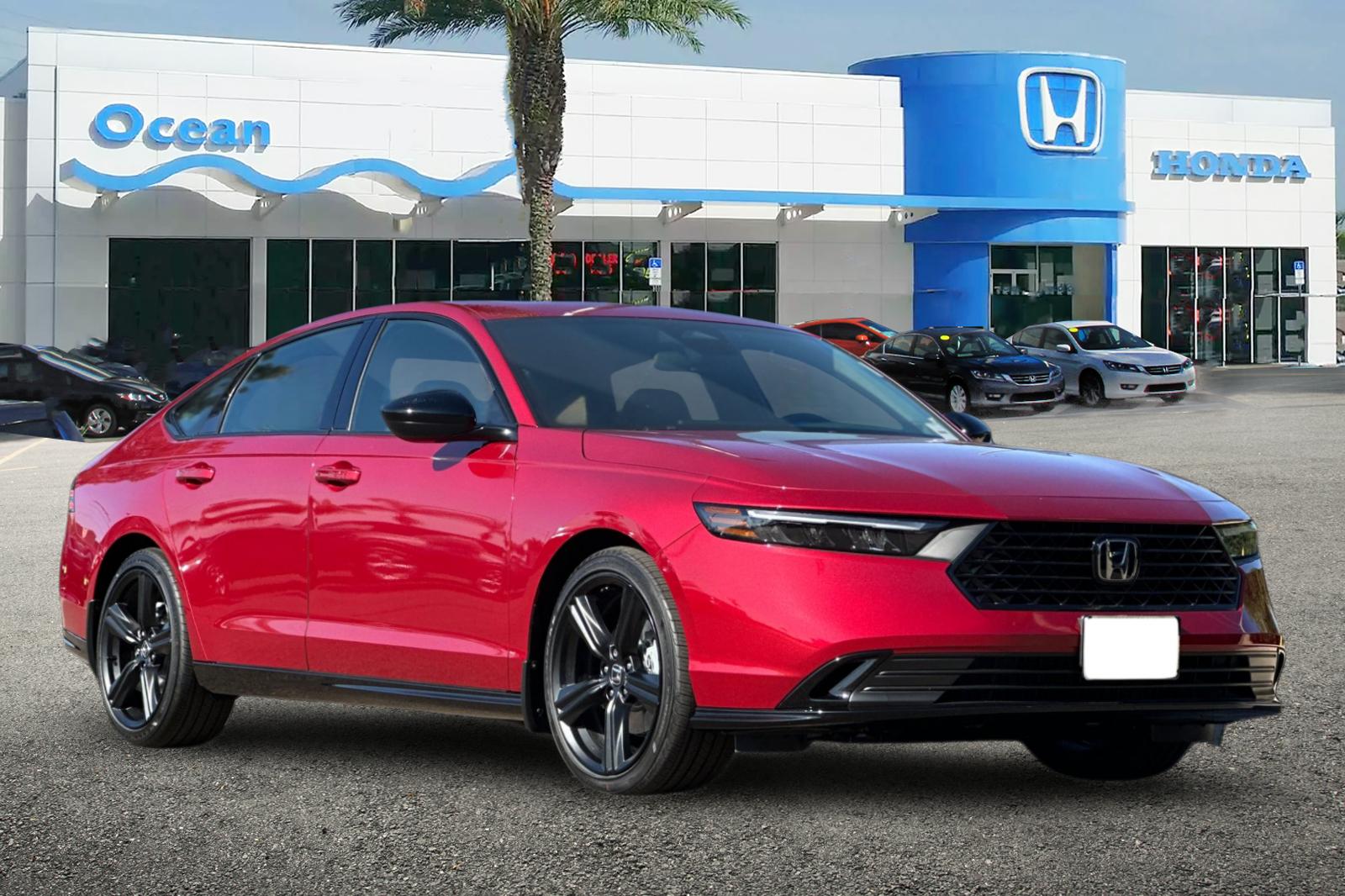When we think about rear seat comfort in a vehicle, the usual features that come to mind are legroom, seat padding, recline angle, and perhaps climate control. These are certainly critical elements, but there’s another often-neglected dimension of passenger comfort that plays a quietly pivotal role — the width and depth of the footwell area.
While it may not have the glamour of massaging seats or touchscreens embedded in headrests, the simple fact is that footwell space directly affects how relaxed and natural a person feels when sitting in the back. It’s the difference between being able to stretch out freely versus being forced to sit stiffly, ankles awkwardly tucked, or knees angled to avoid a protruding floor hump.
The importance of rear footwell comfort becomes even more apparent when we consider how people actually use their cars. For families, it means kids aren’t knocking knees with car seat bases or getting their shoes tangled around seat brackets. For taller adults, it provides space to sit without contorting.
For professional drivers and chauffeurs, it becomes a real differentiator in how passengers perceive the ride. Wide and accommodating footwells offer a sense of freedom and space — qualities that matter whether you’re on a 15-minute commute or a multi-hour road trip. Yet, despite their impact, footwell dimensions are rarely mentioned in brochures, test drive reviews, or dealership walkarounds.
This article seeks to correct that oversight by highlighting 10 vehicles across sedans and SUVs that excel in rear footwell comfort. These cars have been selected not just for their brand prestige or general spaciousness, but specifically for how well they manage to provide ample foot space in real-world usage.
You’ll find examples from both luxury and mainstream categories, showing that good design and intelligent packaging aren’t limited to six-figure vehicles. From the executive lounge of a Mercedes-Benz S-Class to the surprisingly roomy second row of a Toyota Camry or Hyundai Palisade, each model demonstrates a commitment to rear passenger comfort that extends down to your feet.
So, whether you’re a buyer, a chauffeur, or simply someone who often finds themselves in the back seat, this guide will help you recognize the value of something as humble yet essential as a wide footwell.
Also Read: 5 Cars With Virtually Maintenance-Free Engines and 5 Constant Money Pits
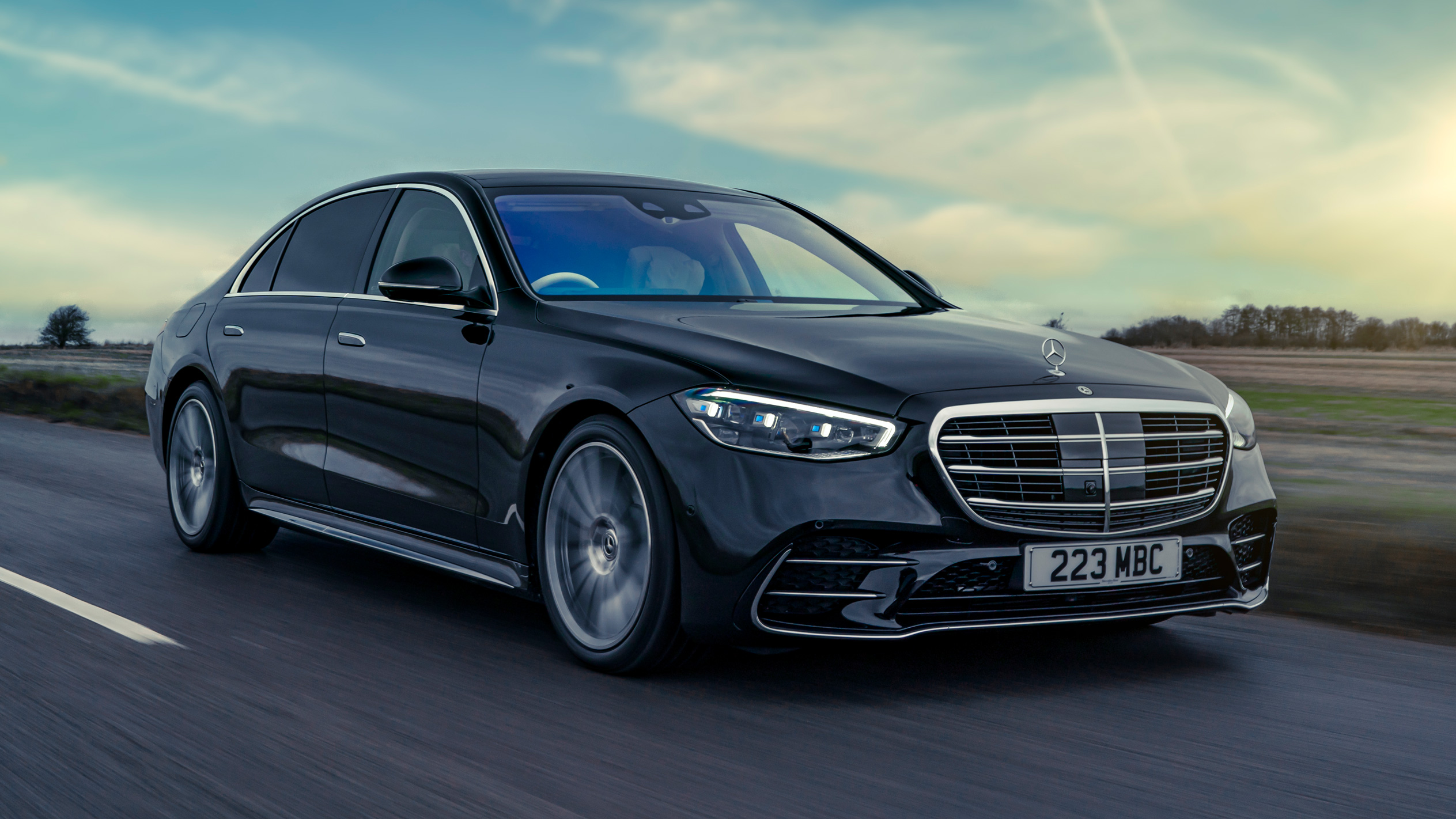
1. Mercedes-Benz S-Class
The Mercedes-Benz S-Class stands at the pinnacle of luxury sedans and has long set benchmarks for comfort, technology, and passenger indulgence. One of its most understated strengths lies in its rear footwell design, which is often overlooked in discussions about cabin space.
In the S-Class, rear seat passengers are treated to an exceptionally well-executed footwell area, designed not just with space in mind, but also ease of movement and natural posture.
The vehicle’s long wheelbase contributes to generous legroom, but it’s the width and unobstructed layout of the footwell that transforms that legroom into real-world comfort. Even tall adults wearing dress shoes or boots can rest their feet naturally without tilting or twisting, which is a small but crucial detail in extended journeys or chauffeur-driven use.
This thoughtful design is a result of clever engineering. In many luxury sedans, especially those built on performance-oriented platforms, the rear center tunnel is a necessary evil for accommodating driveline components.
However, in the S-Class, Mercedes has managed to flatten the rear floor significantly, particularly in the long-wheelbase variants, reducing the center hump to a minor bump.
The result is a much more inviting environment for all three rear passengers. The side passengers enjoy deeply contoured, plush seats with ample room to slide their feet under the front seats, and the middle passenger isn’t forced into an awkward, knee-high position due to floor intrusions. This is enhanced by under-seat ambient lighting, thick pile carpeting, and sound-dampening materials, all of which contribute to a premium, cocoon-like experience.
Furthermore, the materials and aesthetic of the S-Class’s interior play a big role in enhancing the perception of space. The rear footwell area isn’t just wide and flat — it’s visually inviting. The elegant lighting, flowing surfaces, and seamless seat track integration ensure that nothing feels mechanical or intrusive.
Passengers stepping into the rear of an S-Class are greeted by a space that feels intentionally designed for human comfort rather than retrofitted for utility. Whether you’re being driven to a meeting downtown or taking a long trip across country roads, the S-Class ensures that even your feet have room to breathe, move, and relax in unparalleled comfort.

2. Toyota Camry
The Toyota Camry might carry the reputation of a practical, no-nonsense midsize sedan, but over the years, it has evolved into a surprisingly sophisticated vehicle with a real focus on passenger experience, particularly in the rear seat. The footwell area in the Camry’s second row is impressively wide, especially when you consider its price point and market segment.
Toyota’s clever use of interior packaging allows rear passengers to enjoy foot space that rivals larger sedans, without the need to move upmarket. The company’s commitment to ergonomics and practicality is evident in how naturally the seat heights and floor levels align. Passengers can sit upright without their knees rising awkwardly or their feet feeling crammed between seat rails.
Another key factor is how the front seats are constructed. The underside of the front seat cushions is shaped in a way that allows rear passengers to comfortably slide their feet beneath them, even when those front seats are adjusted rearward.
There’s minimal obstruction from mechanical components, allowing full utilization of space. Additionally, Toyota avoids using bulky under-seat climate ducts that often eat into footwell space.
The center tunnel — a common issue in sedans with front-wheel-drive layouts — is shallow in the Camry, making the middle rear seat a more viable option for adults. This enhances the practical functionality of the rear bench, making it more accommodating for carpools, road trips, or ride-share passengers.
Beyond mere geometry, the Camry also incorporates soft-touch surfaces and plush carpeting that add an unexpected level of refinement to the footwell area. The perceived comfort of having enough space to move your feet naturally cannot be overstated — it reduces fatigue, enables better circulation on long rides, and simply makes the journey more pleasant.
Whether used as a commuter vehicle, a family car, or a professional transport for passengers, the Camry succeeds in creating a rear environment that is easy to enter, comfortable to occupy, and pleasant to ride in — all without shouting about it from a marketing standpoint. It’s this kind of understated practicality that keeps the Camry a perennial favorite across a wide range of buyers.

3. Honda Accord
The Honda Accord has built a legacy on space efficiency and user-focused design, and the rear seat experience is one of its strongest assets. In recent generations, Honda has doubled down on making the rear seats feel more expansive, and the footwell is a perfect example of that success.
The Accord’s rear footwell is wide, flat, and deep enough to allow rear passengers to sit comfortably for hours, whether commuting across town or embarking on longer journeys.
Its excellent rear-seat packaging ensures that foot space isn’t an afterthought — it’s built into the foundation of the car’s design. Tall passengers can place their feet flat on the floor or stretch them forward under the front seats without contorting their legs or knees, which is a real advantage during daily use.
Unlike some competitors that rely on flashy infotainment or soft-touch panels to convey comfort, Honda leans into smart ergonomics and engineering. The rear floor has a very modest central hump, meaning the middle seat is not just an emergency perch — it’s viable for adults.
Combined with generous legroom and good seat height, the experience in the Accord’s rear seat feels surprisingly premium. The doors also open wide, making entry and exit easier for elderly passengers or those with mobility concerns. This ease of access extends to the footwell, where the sill is low and does not force an awkward step-in angle. The balance between practicality and comfort makes the Accord a go-to choice for families, professionals, and Uber drivers alike.
Honda also avoids cluttering the footwell with unnecessary components. HVAC vents are neatly integrated into the rear console and do not interfere with passenger space. The seat mounts and rails are tucked away or recessed, ensuring that foot placement is never obstructed by metal bars or awkward plastic molding.
While the Accord may not carry the same badge prestige as some premium European brands, its intelligent use of space — particularly in the footwell, is a case study in automotive interior design. It showcases how thoughtful details can dramatically improve comfort without driving up cost, proving that mid-range sedans can still deliver high-end experiences where it counts.
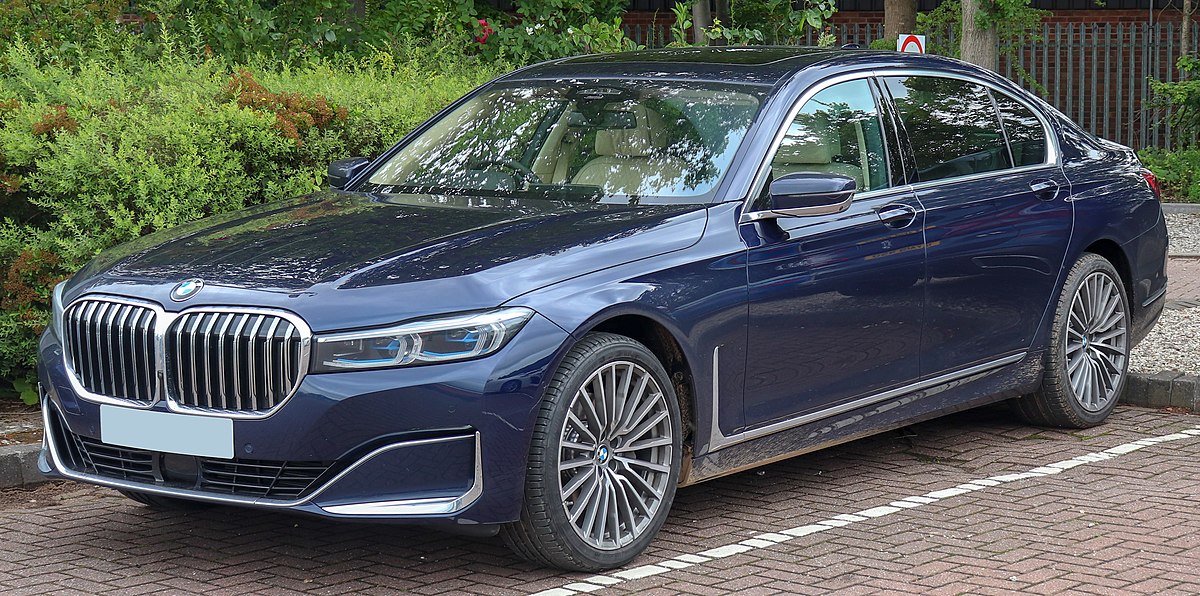
4. BMW 7 Series
As the flagship luxury sedan from BMW, the 7 Series is engineered to provide not just a transportation experience, but a full sensory retreat for all occupants, especially those in the rear. The spaciousness and indulgence of the rear seats are a major selling point, and wide footwells are a key part of what makes that comfort so consistent.
In the 7 Series, the rear floor is almost completely flat, which is uncommon for large sedans with rear-wheel-drive architectures. This flatness gives rear passengers, especially those seated in the middle, the freedom to place their feet in a natural position without navigating around intrusive tunnels or hardware.
What sets the 7 Series apart even further is the integration of luxury features with spatial awareness. The rear seats can be optioned with extensive adjustability, including recline, ventilation, and massage functions — but these don’t come at the cost of foot space. BMW engineers have packaged electronic components and seat adjustment motors in such a way that they do not impede foot placement.
The seat bases are sculpted, and the under-seat clearance is generous enough to slide your feet forward for more relaxation. This means passengers don’t have to choose between using the legrest or simply having space to move — both are available simultaneously, making the footwell not just roomy, but usable in a real-world luxury context.
In addition to physical comfort, the design of the footwell contributes to the ambiance of the 7 Series. Ambient lighting wraps around the cabin, including discreetly lit floor zones that enhance visibility without being garish. Soft materials, thick carpets, and sound-insulating layers ensure that every point of contact feels premium.
Whether you’re seated behind a chauffeur or taking a quiet drive across state lines, the expansive footwell adds to the sense of calm and ease that defines the 7 Series experience. This is not just a car — it’s a mobile lounge where foot comfort has been considered as deeply as engine performance or driving dynamics.

5. Hyundai Palisade
The Hyundai Palisade has quickly emerged as one of the best three-row SUVs in its price category, offering not just utility but genuine comfort and thoughtful design. One of the standout features for rear passengers, especially in the second row, is the generous footwell space.
Many three-row SUVs fall into the trap of upright seating and cramped second-row floors, but not the Palisade. Hyundai has designed this SUV from the ground up to serve families and groups, and that includes ensuring that passengers can rest their feet comfortably without being squeezed into unnatural postures. Whether equipped with captain’s chairs or a bench seat, the second-row footwells are wide, flat, and unobstructed.
A large part of the Palisade’s comfort comes from its wide body and smart floor architecture. The center hump in the second row is minimal, and in models with captain’s chairs, it’s eliminated altogether, allowing even more personal space per passenger.
The seat cushions are positioned at an ergonomic height that complements the floor design, meaning knees aren’t elevated and feet can rest flat or stretch out without hitting hard plastic components. The seatbacks of the front row are also sculpted to allow feet to slide underneath, further enhancing the feeling of openness. For growing children, adults, or even elderly passengers, this attention to detail dramatically improves long-trip comfort.
What truly elevates the Palisade’s rear cabin is how well Hyundai has blended practicality with near-luxury refinement. From the quality of the floor materials to the smoothness of the rear door openings, everything is geared toward ease of use and enjoyment.
The floor area feels expansive, not just in terms of numbers but in the tactile and visual experience it delivers. Combined with separate climate controls, optional rear seat heating, and available USB ports at foot level, the Palisade offers an experience that feels more like a premium lounge than a family hauler. The wide footwells, in particular, ensure that even the most space-sensitive passengers arrive at their destination relaxed and refreshed.
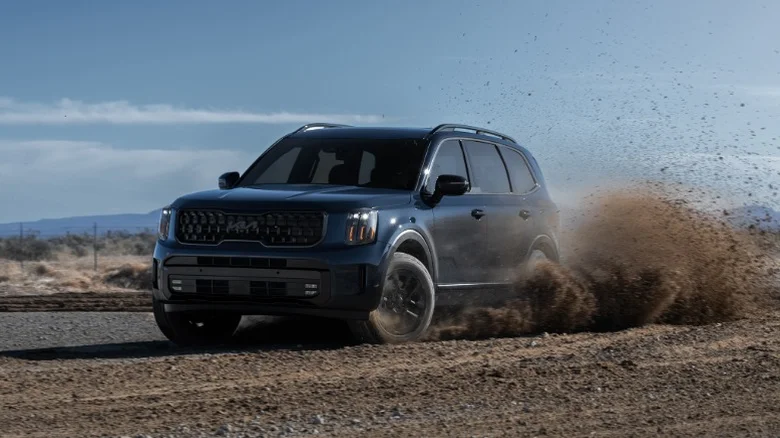
6. Kia Telluride
The Kia Telluride, as the corporate cousin of the Hyundai Palisade, shares many of its structural advantages but brings a slightly different flavor to its interior execution. In terms of rear seat comfort, particularly the second row, the Telluride is impressively spacious and well-conceived.
One of its biggest strengths lies in how the footwells are designed to accommodate a range of passenger sizes without any sense of cramping or compromise. In both the seven- and eight-passenger configurations, the second row offers wide and deep footwells, contributing significantly to long-term comfort, especially on family road trips or multi-hour commutes.
Kia has succeeded in designing the rear seating area with practicality and refinement in equal measure. The floor of the second row is nearly flat and provides ample space for both feet and lower leg movement. The footwells are free from protruding seat hardware, and the front seatbacks are sculpted to allow feet to slide under them, even when front passengers are reclined.
This detail matters immensely when accommodating taller passengers, who can rest their feet forward rather than being forced to splay their legs or sit stiffly upright. For the middle seat in the bench configuration, the Telluride avoids the trap of an exaggerated floor hump, maintaining enough space for feet and knees without discomfort.
Even visually, the Telluride’s cabin gives an impression of openness and breadth. The second-row seating is positioned at a comfortable height relative to the floor, minimizing the “knees-up” feeling common in SUVs with higher floors. Materials in the footwell region include soft carpeting and plastic trim pieces that are neither intrusive nor cheap-feeling.
Access is also easy, thanks to wide-opening rear doors and a low step-in height, which means passengers, from children to seniors, can enter and exit the second row with ease. For those who often carry multiple passengers, the Telluride offers an experience that is more luxury crossover than mainstream SUV, and the attention to footwell comfort is a big reason why.
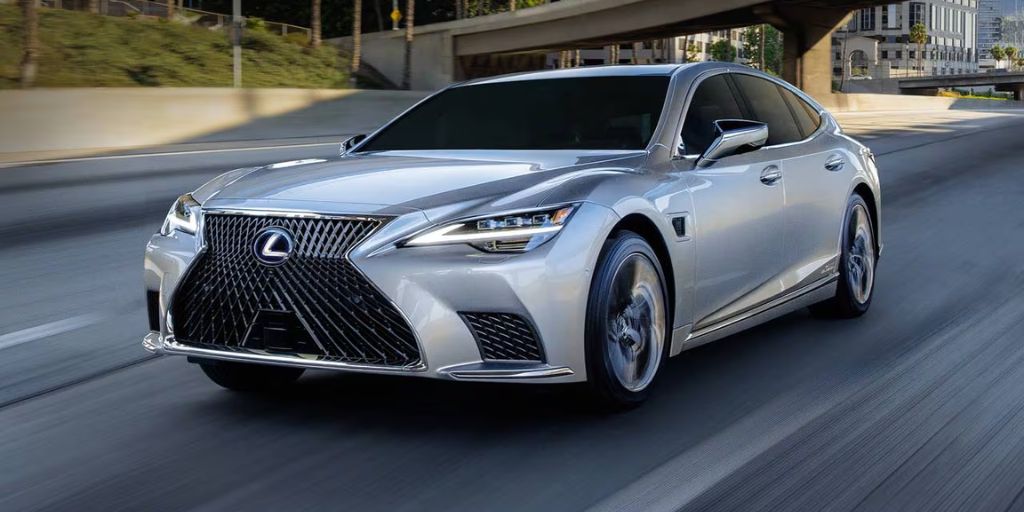
7. Lexus LS
The Lexus LS, as Toyota’s luxury flagship, has long focused on rear-seat serenity as much as front-row engagement. The latest generation, especially in its extended wheelbase form, provides a rear cabin experience that rivals some of the most opulent executive sedans on the market.
A large part of this experience stems from the remarkably wide and unobstructed footwells in the second row. The LS doesn’t just offer generous legroom — it creates an environment where passengers can settle into the seats with a natural and relaxed posture, legs extended and feet comfortably positioned, regardless of shoe size or seating configuration.
Lexus engineers have worked meticulously to eliminate common pain points in the rear seat layout. The LS features a flat rear floor, minimal center tunnel, and under-seat clearance that makes it easy to stretch forward. Even in the center rear position, the floor is relatively unobstructed, giving passengers the ability to position their feet without awkward contortions.
Furthermore, in trims with Executive Package features, the rear seats offer reclining functions and an ottoman-style leg rest. These features would be diminished if the footwell were narrow or cramped, but Lexus has created enough width and depth to allow full use of these comfort options without limitation.
The ambiance of the LS’s rear cabin further amplifies the comfort experience. Ambient lighting softly illuminates the footwell area, and the plush carpeting underfoot feels almost like that of a luxury hotel suite. The attention to detail — from the angle of the rear seat cushions to the location of heating elements and ventilation ducts — reflects Lexus’s obsession with passenger-centric design.
The footwell isn’t just a space for your feet — it becomes part of a holistic comfort environment where every detail works in harmony. For executives, VIP passengers, or anyone who values true rear-seat indulgence, the Lexus LS delivers an experience where footwell space is as refined as the rest of the vehicle.
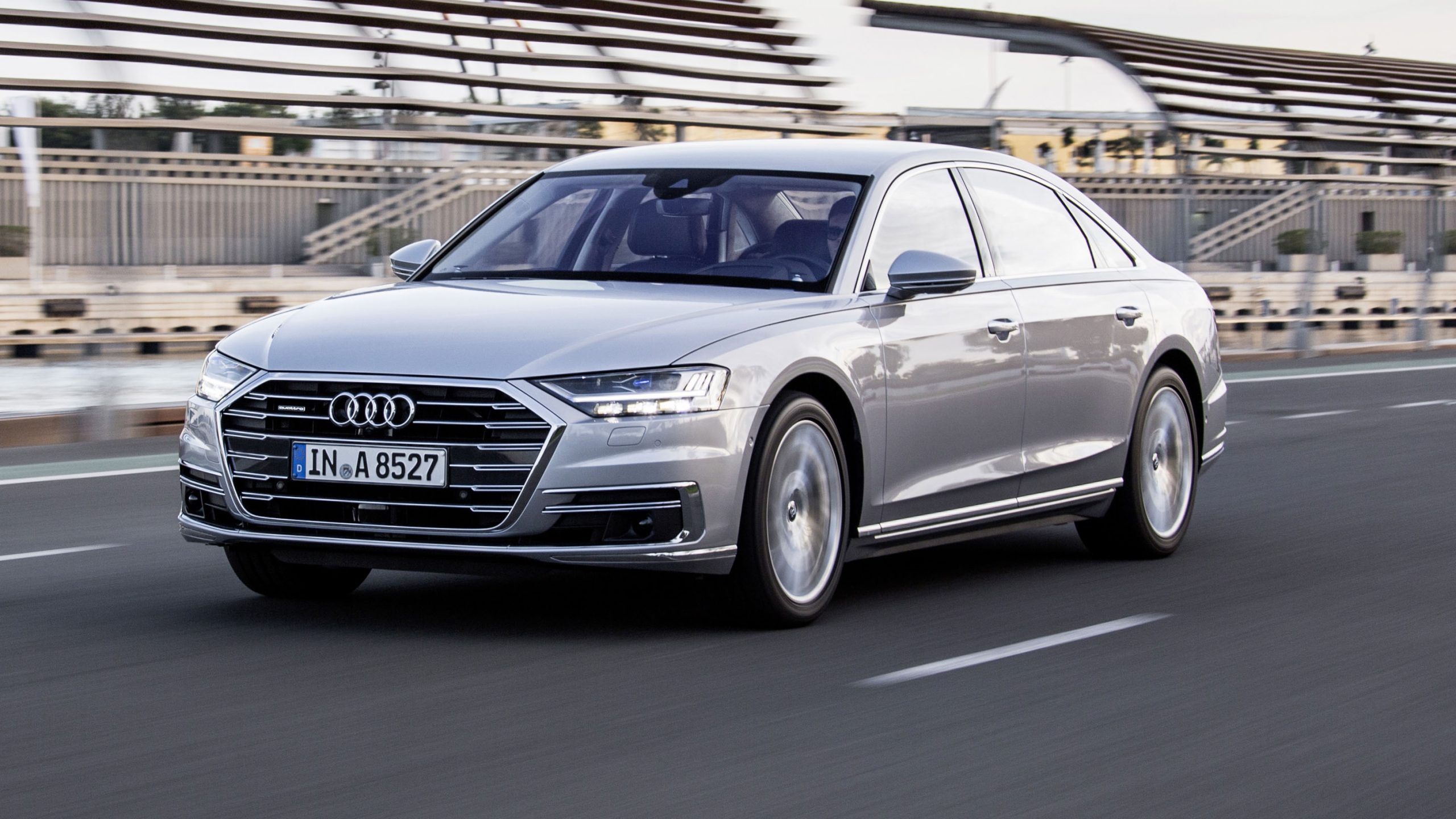
8. Audi A8
The Audi A8 is a showcase of understated luxury, technological prowess, and interior serenity. Its rear seat experience — particularly when equipped with the long-wheelbase “L” configuration — rivals any flagship sedan in the world. One of its most distinctive strengths is how it integrates wide, functional footwells into a cabin designed for rest.
The floor in the A8’s rear is largely flat, allowing for free leg and foot movement, even when seating three across. This flatness, combined with a broad floor and smart seat placement, means passengers can sit in a natural, upright or reclined position without fighting for foot space or sliding their feet into odd angles.
Audi takes particular pride in packaging technology without compromising on human factors. For example, even though the rear seat area includes advanced electronics like massaging seats, four-zone climate control, and rear entertainment systems, none of these components intrude into the footwell. The HVAC ducts are compact and cleverly routed, while the electronic seat controls are positioned to stay clear of leg space.
Even the seat track mechanisms are hidden beneath the floor and seat trim, avoiding the common issue of metal rails and brackets reducing usable room for passengers’ feet. This attention to packaging is where Audi’s engineering excellence shines.
Visually and tactilely, the A8’s rear footwell feels cohesive and luxurious. The carpets are deep and thick, the surfaces are soft and refined, and the lighting creates a serene environment. If you opt for the Executive Rear Seat package, the right-rear passenger gains access to a power footrest and a fully reclining seat, turning the footwell into an extension of a full relaxation zone.
Unlike many sedans, where the premium features are packed into the front seats, the A8 distributes luxury evenly throughout the cabin. It’s not just that there’s space for your feet; it’s that the space is intentionally crafted to make you forget you’re in a moving vehicle at all.

9. Volvo XC90
The Volvo XC90 brings a minimalist, thoughtful Scandinavian design language to the premium SUV space, and that philosophy carries over into its second-row passenger experience. While third-row space is often the focus in three-row SUVs, the XC90 shines in its second row, where wide footwells and ergonomic design meet.
The seating layout is carefully balanced between utility and comfort, and the footwell space is among the best in class for a midsize luxury SUV. The floor is largely flat across the second row, and the center tunnel is modest enough not to interfere with foot placement for middle seat occupants. This means all passengers enjoy a nearly equal comfort experience.
A big advantage of the XC90 is its modular seating. The second-row seats can slide forward and backward and recline independently, allowing passengers to fine-tune legroom and foot positioning. The seatbacks of the front row are scooped out for additional knee room, and there’s ample space beneath them for passengers to extend their feet forward.
This is particularly beneficial for long drives, where the ability to reposition legs and feet without constraint significantly reduces fatigue. Even children in booster seats benefit from the open footwell space, giving them a more planted and natural seated posture — a detail appreciated by parents who value comfort and safety equally.
Volvo’s use of clean lines and soft-touch materials extends into the footwell area, where nothing feels over-engineered or cluttered. Rubberized mats are available for families needing easy clean-up, but even the standard carpeted models feel soft and luxurious underfoot.
The climate control system also ensures that foot-level ventilation is well-distributed, enhancing thermal comfort without bulky floor-mounted ducts. Entry and exit are smooth thanks to wide rear doors and a relatively low step-in height, ensuring passengers of all ages can access the footwells easily. In a vehicle known for safety and understated elegance, the XC90’s wide and accessible footwells add a practical, comfort-driven layer to its appeal.
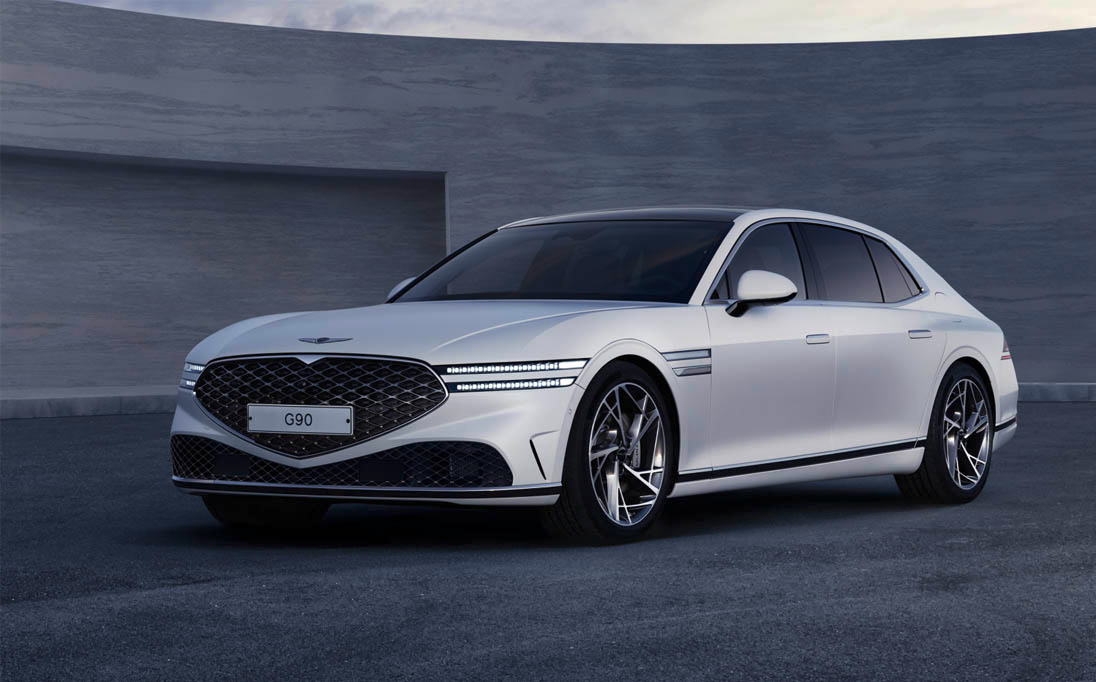
10. Genesis G90
The Genesis G90 represents the rising tide of Korean luxury, offering a flagship sedan experience that is deeply competitive with the best from Germany and Japan. One of its most remarkable strengths — and a key differentiator in its price class — is the sheer generosity of its rear cabin space, including the footwells.
Unlike many luxury sedans that require a significant premium for long-wheelbase versions, the G90 offers rear passenger room that feels palatial even in standard form. The footwells are particularly wide and unobstructed, making it easy for passengers to place their feet comfortably without colliding with seat rails, HVAC modules, or drivetrain humps.
In the Genesis G90, rear seat comfort is clearly a priority rather than an afterthought. The footwell area is part of a well-orchestrated comfort system that includes heated and ventilated rear seats, multi-way power adjustments, and even a foot massager in the top trims.
This would be impossible to fully enjoy if the footwell space were constrained, which it isn’t. Genesis engineers have carefully designed the floor layout to ensure under-seat clearance and open space. The center hump is practically non-existent, and the rear bench is set at a comfortable height to ensure natural leg positioning. This results in a rear cabin that accommodates real adults for real journeys — not just short city rides.
The materials and aesthetics of the G90’s footwell area reinforce its luxury ambitions. The carpets are thick and noise-absorbing, adding a plush texture underfoot that complements the quiet, refined cabin. Ambient lighting lines the base of the seats and footwell area, creating a subtle glow that enhances the sense of spaciousness at night.
More than just a well-equipped sedan, the G90 delivers a holistic rear passenger experience, with the wide footwells playing an essential part in ensuring that passengers not only sit in comfort but feel entirely at ease. It’s a standout in a segment crowded with long-standing incumbents, and it’s clear that Genesis has considered every detail down to where you place your feet.
Also Read: 10 Vehicles With Amazing Cargo Space Hidden Below the Floor
In the grand scheme of automotive design, it’s often the smallest details that make the biggest impact on daily comfort, and footwell space is a prime example. After exploring ten standout vehicles that prioritize this underappreciated aspect of passenger well-being, a clear picture begins to emerge: wide, deep, and intelligently shaped footwells are not just a luxury, but a necessity for creating a truly comfortable and usable rear seat experience.
These vehicles, whether luxury flagships like the Mercedes-Benz S-Class or more affordable family options like the Toyota Camry and Kia Telluride, prove that thoughtful engineering can elevate everyday travel for everyone on board.
Throughout this list, we’ve seen a wide spectrum of design philosophies — from the opulence of the Genesis G90 and the executive functionality of the BMW 7 Series, to the practical elegance of the Honda Accord and Volvo XC90. Yet all of these vehicles share a core characteristic: they make rear seat passengers feel valued.
They do this not with gimmicks, but with fundamental ergonomics — by allowing feet to rest flat, legs to stretch out naturally, and passengers to change posture without discomfort. When footwells are too narrow or when they are interrupted by seat mounts, HVAC ducts, or oversized transmission tunnels, passengers become acutely aware of their limitations. Conversely, when the floor area is wide, clean, and open, it disappears — and that’s the point. True comfort feels effortless, almost invisible.
This is particularly important in a world where backseat travel is evolving. Ride-sharing, chauffeur services, and long-distance family driving have changed expectations for what rear comfort should entail. Passengers no longer just expect a seat — they expect an experience.
They want to feel accommodated, whether they’re in a luxury sedan or a well-designed crossover. Automakers who recognize this — and translate that understanding into smart floor design — are setting themselves apart in ways that go beyond flashy tech or horsepower numbers.
In the end, the humble footwell serves as a metaphor for automotive design done right: quiet, practical, and profoundly impactful. As you shop for your next vehicle — whether it’s for personal use or professional driving — take a moment to sit in the back and feel how much space you truly have. Your feet will thank you, and so will your passengers. Because comfort starts from the ground up — literally.

